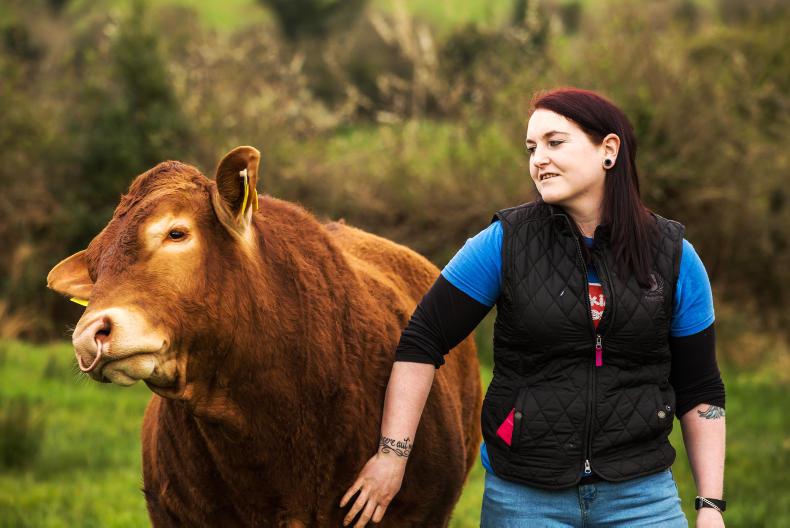After 20 years of Irish weather, our slatted shed was beginning to look a bit rough around the edges.
When it was first built in 2000, two pens in the lying area at the back of our shed were used for everything: calving, weaning, creep-feeding and we even managed a caesarean one night on a heifer tied with a halter.
Some years ago, we improved on our original three-bay shed by installing two new calving pens and a crush in front of the original building, turning it into one enclosed area.
The long finger
As my attempts at welding leave a lot to be desired, we hired a local welder to carry out some necessary repair work. At the same time, we also changed a few things which should make wintering our cattle inside easier and safer.
These changes should have been done years ago
The two original pens in the back of the shed have become a section for weanlings and early calves only, allowing an escape route from cows and a cleaner, warmer place to lie in winter.
The gates on our more recently built calving pens were also raised to over 5ft in height, hopefully deterring any jumpers before they get ideas of escaping.
To be honest, these changes should have been done years ago, but, as we all know, these things often get put on the long finger from year to year as more immediate fixes or purchases crop up.
Still a bit soggy, but all of them were happy to get out again after sheltering indoors for a few days ??#agcredible #farming pic.twitter.com/9gaUpELWec
— Karen McCabe (@LadyHaywire) August 1, 2020
Beep scheme
Last year, we didn’t partake in the BEEP scheme, but regretted it afterwards. With the new BEEP-S offering a larger financial benefit, along with options which we were already doing for no extra payment, we decided to go ahead with it.
After our cattle were released from their temporary incarceration last month, I sent off our 10 dung samples and was surprised to find they came back as a low positive for liver fluke and a negative for rumen fluke.
Last year, a few dung samples around this time showed a high result for rumen fluke, so perhaps the dry spell earlier in the year has been of some benefit.
Of course you'd have a visitor to the shed when collecting poop samples #NoHandShakesPlease pic.twitter.com/6ynZojBldv
— Karen McCabe (@LadyHaywire) July 30, 2020
Expensive jaunt
Following this, we’ve decided to hold off on taking any action for fluke, but will do another test closer to winter housing time.
As the cost of dosing is a fair bit more than a pooled sample test, there’s no point sending the cows up the crush for nothing more than an expensive jaunt.
The only problem so far has been a large amount of grey crows around the trough
Most of our calves are now eating in the creep feeder and a pallet of nuts was delivered last week to keep them fed for another while.
The only problem so far has been a large amount of grey crows around the trough, despite feeding a calf nut instead of ration, so we’ll have to devise a solution, likely a curtain or something to scare them from around the feeder itself.
Strip-grazing
With the recent flush of grass, and enough fodder taken out for winter, we’ve attempted some strip-grazing to maximise the usage of this excess growth.
Our last attempt at strip grazing failed miserably, as some of our older cows did not take kindly to having their grazing and freedom restricted.
The younger ones tried to go under the wire, the older ones went over and the cutest of all slipped between the hedge and the post.
With that experience under our belt, we’ve equipped ourselves with a new battery fencer and here’s hoping for better results this time.
Cows behaving far too well today. Reckon they're planning something....??
— Karen McCabe (@LadyHaywire) August 16, 2020
Hope to get a few days in each section across this field, weather depending. Also depending on how the ladies feel like obeying the rules of strip grazing ?? pic.twitter.com/5JM77MNMIJ






 This is a subscriber-only article
This is a subscriber-only article










SHARING OPTIONS: